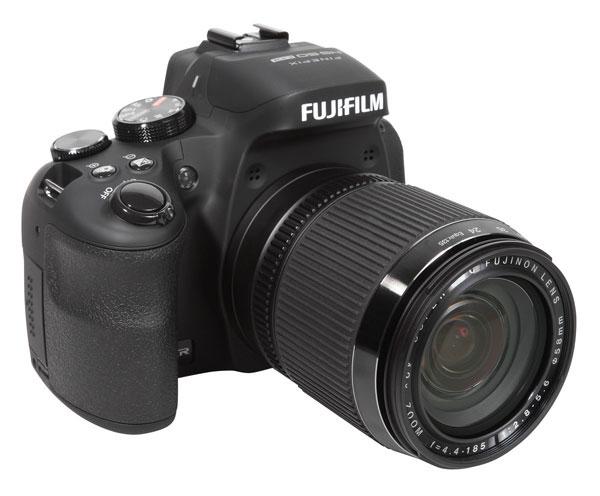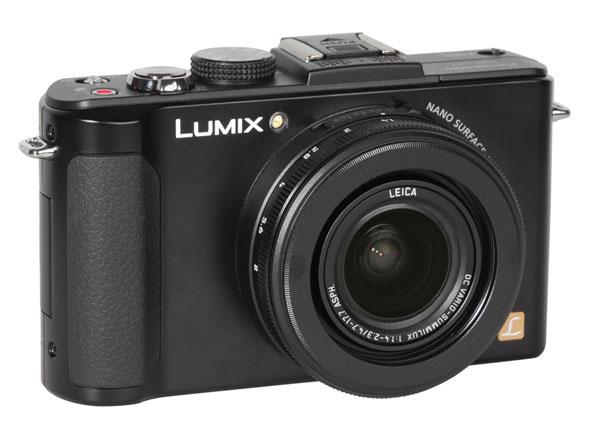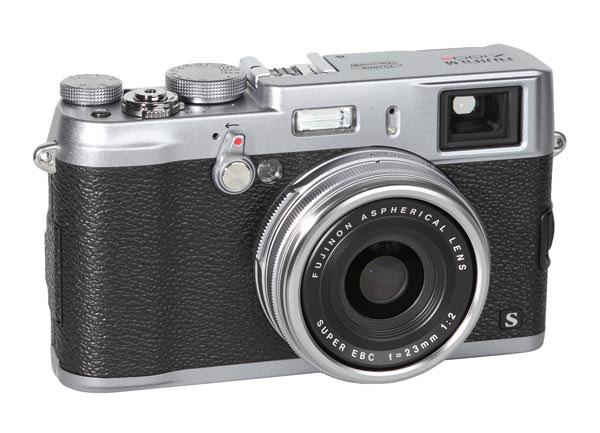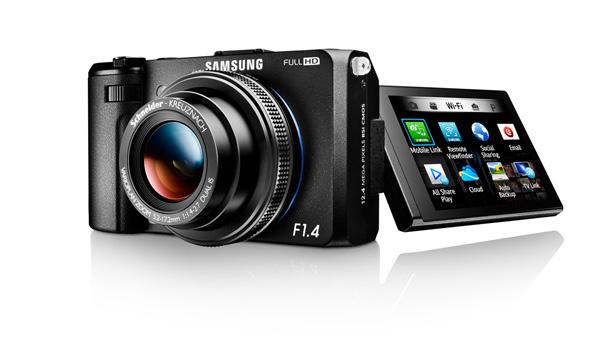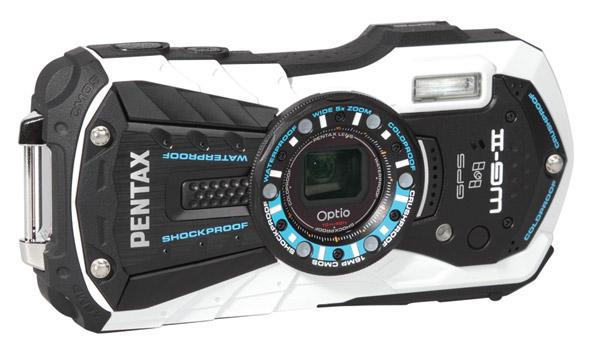|
Oct 08, 2013 |
First Published: Sep 01, 2013 |
Compact Camera NewsCompact Camera ReviewsDSLR NewsDSLR ReviewsLens NewsLens ReviewsLighting NewsLighting ReviewsPhoto Accessory NewsPhoto Accessory ReviewsPhoto Bag NewsPhoto Bag ReviewsPhoto Paper NewsPhoto Paper ReviewsPOV Camera NewsPOV Camera ReviewsPrinter NewsPrinter ReviewsSmartphone NewsSmartphone ReviewsSoftware NewsSoftware ReviewsTripod NewsTripod ReviewsVideo Camera NewsVideo Camera Reviews
|
Jul 16, 2013 |
First Published: Jun 01, 2013 |
|
Jul 23, 2013 |
First Published: Jun 01, 2013 |
|
Jul 26, 2013 |
First Published: Jun 01, 2013 |
|
Apr 10, 2013 |
First Published: Mar 01, 2013 |
|
Apr 12, 2013 |
First Published: Mar 01, 2013 |


